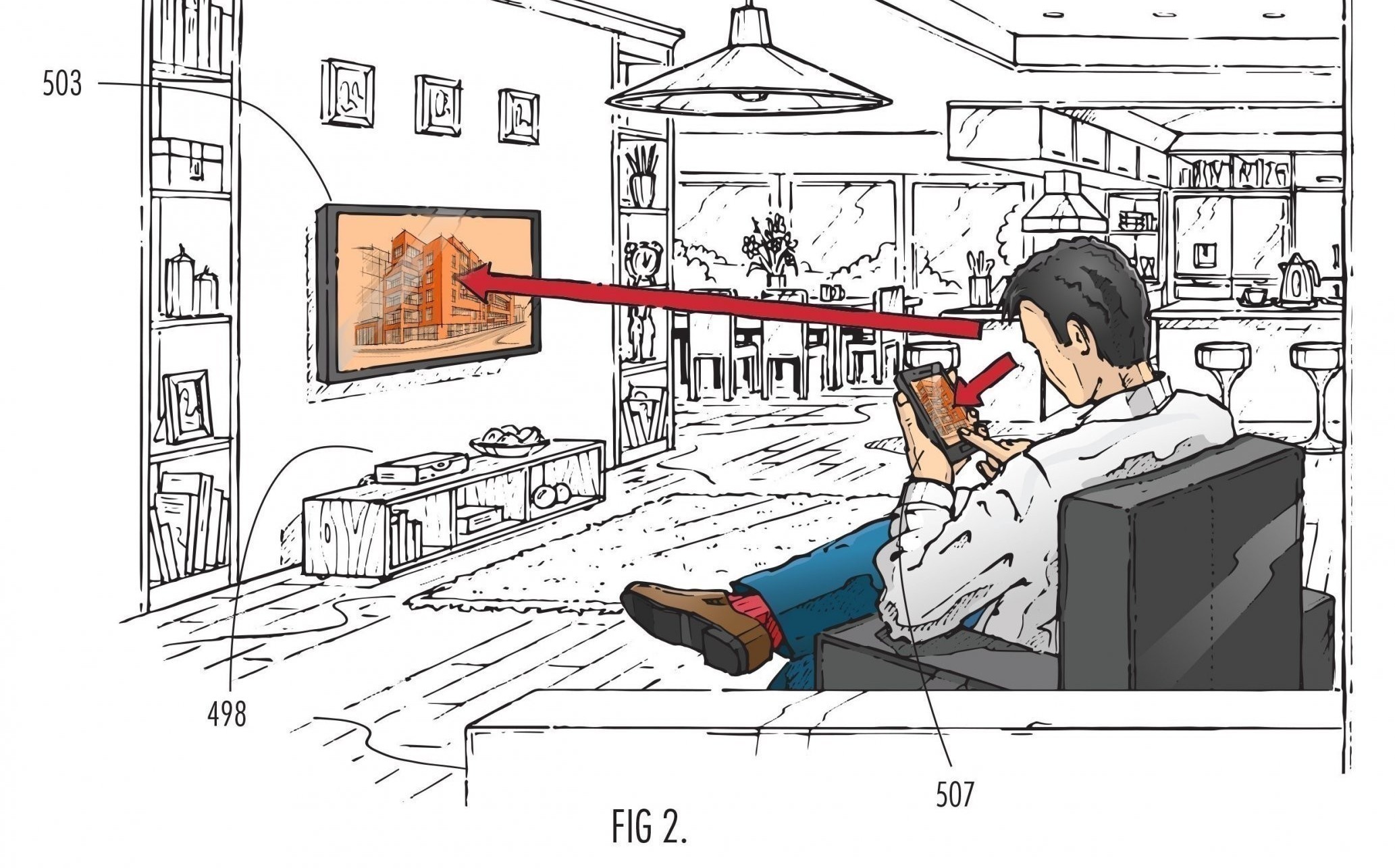As we move increasingly into a dual-screen world, advertisers are struggling to adapt. However, new technologies are coming onto the scene which may open up continuous, cross-device storytelling opportunities — or allow them to hijack their competitors’ message. Let’s look at the landscape, shall we?
First, let’s be clear; dual-screen viewing is here, and poised for continued growth. According to Forbes, “screen stacking” (watching TV simultaneously while using a laptop, mobile device or tablet) is now the majority behavior in the U.S. It’s expected to become the majority behavior worldwide. If we ignore laptops and focus only on mobile, according to the latest Nielsen survey, nearly half of smartphone owners (46 percent) and tablet owners (43 percent) said they used their devices as second screens while watching television every day. That number jumps to two-thirds when we’re talking about using second screens multiple times per week.
So this behavior isn’t going anywhere anytime soon. But what are the implications for marketers?
The biggest one is that the impact of television ads is dropping. New data comparing TV-only viewers with TV viewers who use a second screen shows that TV ad awareness drops by more than 50 percent.
Remember how everyone worried that DVRs would dramatically decrease TV ad views? It turns out that in addition to watching on delay and fast-forwarding through commercials, viewers are using your expensive ad time to check their Facebook, Twitter and Instagram — while ignoring your expensive TV ads.
These sweeping changes have presented digital ad buyers with new challenges as well. The venerable cookie, which has always been the standard for digital audience tracking, simply will not work in this new world of cross-platform chaos. For years, the cookie served as the universal online advertising identifier, enabling buyers, sellers and third-party go-betweens to effectively recognize and reach individuals.
But today, as non-web-based digital activities on mobile phones and apps, connected TVs, wearables, connected cars and other IP-enabled devices continue to compose an increasing portion of consumers’ digital media footprints, the cookie’s utility is waning. Yet the need for a universal identifier has never been greater.
However, the news is not all doom and gloom when it comes to dual-screen viewing. Every big change in consumer media habits presents new opportunities for those willing to get in front of it. New cross-device ad serving technologies have emerged which promise the ability to detect ads playing on a TV nearby, and serve ads on the second screen as well. Aside from just ensuring that viewers can’t escape your message no matter what screen they’re looking at, this opens up new avenues of storytelling for your creative team.
Or if you’re of a more devious mindset, you can detect when your competitors ads are playing on TV, and send your own message to their second screen device. This is a tactic known as “hijacking.” Your competitor makes the expensive TV buy, and you get a strong shot at getting the consumer’s actual attention, or at least neutralizing their message.
As with all new technologies, there are still bugs to be worked out. Reaching and influencing your audience has always been a moving target. Now that their attention is so transient, marketers will need to be nearly-omnipresent, or else irresistible.
A smart marketing plan attempts to do both, within the confines of your budget and goals. If you’d like help defining a strategy to make the most of your media plan, let us know.

